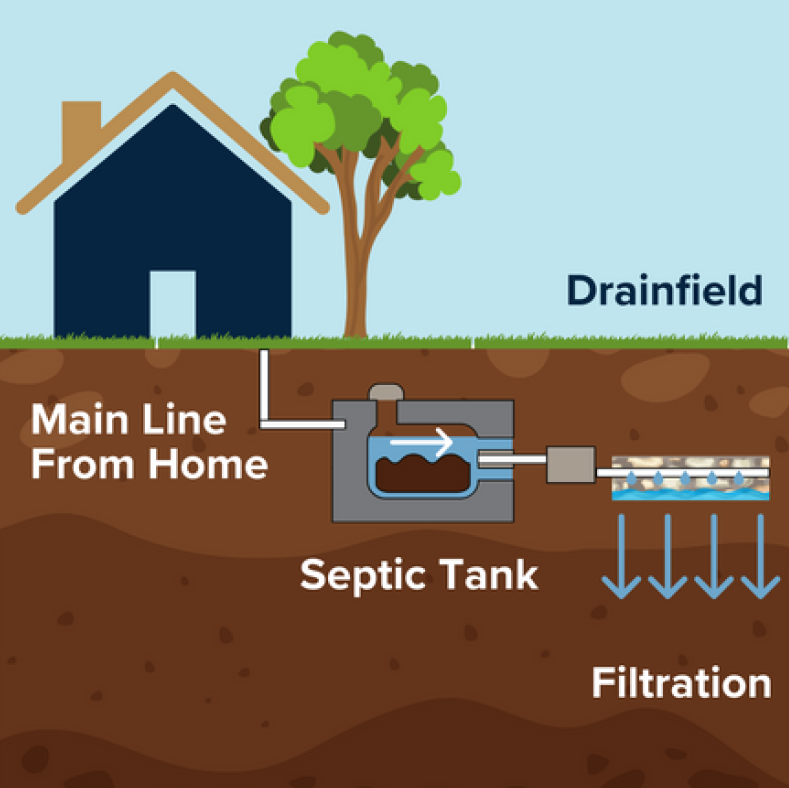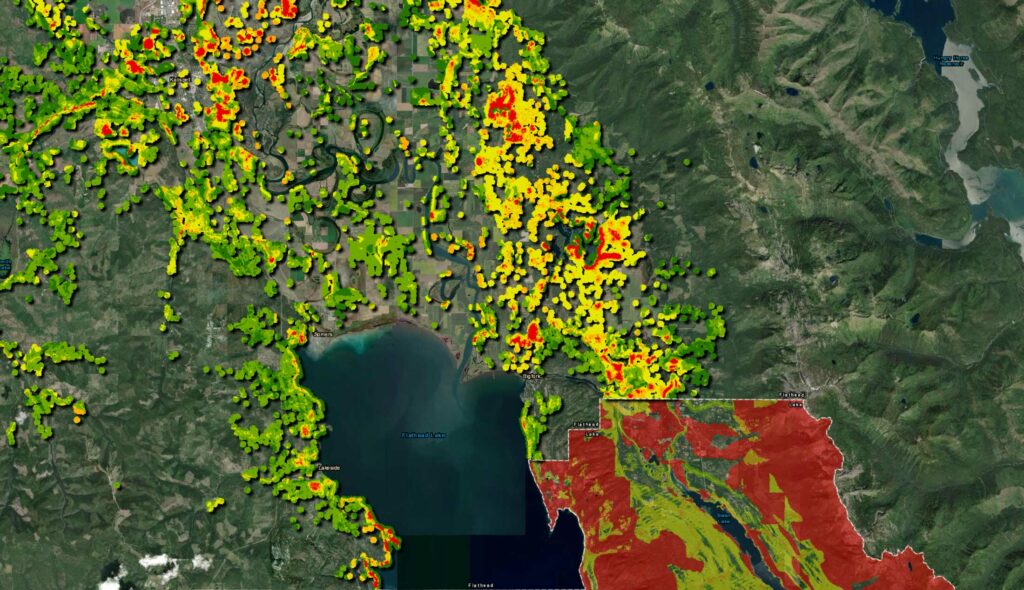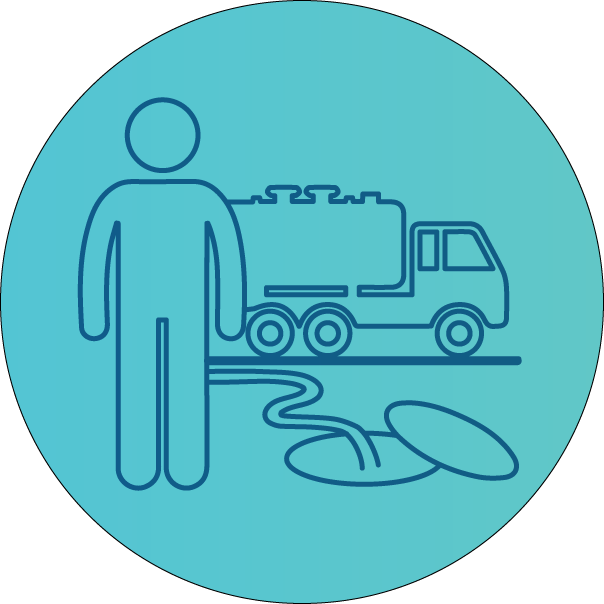
Dealing with wastewater is an unglamorous, necessary aspect of life. In more densely populated areas, sanitary sewer systems move wastewater from households and businesses to a treatment facility. At these facilities, the wastewater is treated to an accepted, regulated standard before the remaining water is discharged to nearby surface waterbodies. In areas that are less densely populated, onsite wastewater treatment systems, otherwise known as septic systems, are used. Septic systems are underground treatment systems that typically treat wastewater from one household or a small community. Septic tanks separate the liquid from the solid waste, and the drainfield allows the liquid, known as leachate, to slowly infiltrate into the soil where it is treated by bacteria and microbes. Septic systems can adequately treat wastewater, but they may underperform and pollute water resources when septic systems are improperly sited, installed, operated, or maintained. It is the responsibility of every septic system owner to ensure their system is performing properly and protecting our incredible water resources. Visit the Montana Waters website to learn more about how you can be a responsible septic owner.
The Western Montana Conservation Commission seeks to reduce pollution from wastewater to our ground and surface water resources by leveraging science, creating local partnerships, and inspiring community action.
Modeling & Scientific Investigations
WMCC strives to innovate and utilize cutting edge science and data to inform our and our partner’s work. In 2020, the Flathead Basin Commission identified the need for increasing collective understanding of the scope and spatial distribution of septic leachate pollution risk to groundwater and surface water in the Flathead Watershed. This goal was accomplished through modeling and the creation of the Flathead Basin Septic Risk Model. This model accounts for landscape characteristics that impact a septic system’s ability to effectively treat wastewater before impacting water resources, including slope, distance to surface water, depth to groundwater, and the soil’s ability to treat for nutrients associated with wastewater. Where data allowed, the model also considers the age and density of existing septic systems, recognizing that age strongly impacts a system’s likelihood to underperform. This model serves as one tool for better understanding community risk of wastewater pollution, and the WMCC seeks to utilize the best data to create similar tools across the region that can be used by decision-makers to inform ongoing development.

In partnership with the Whitefish Lake Institute, River Design Group, and Cornell University, the Flathead Basin Commission embarked on a novel study using synthetic DNA as indicators of connectivity between nearshore septic systems and surface water. Synthetic DNA (sDNA) are short, unique strands of lab-created DNA markers that can act as a barcode when picked up in water samples. In 2022, unique sDNA tracers were flushed down the toilets of participating homeowners on the shores of Whitefish Lake and Lake Mary Ronan, and nearshore samples were collected regularly for five months following. The results show that this novel sDNA technology works in Montana and may be a tool for better understanding connectivity of septic systems to nearby surface water.
Local Partnerships
The Western Montana Conservation Commission prioritizes relationships with local partners to educate and develop programs for public engagement in their communities. The WMCC participates in the Flathead Wastewater Partnership, a group of agency representatives, watershed groups, and non-profits that seek to enhance and develop new opportunities for community participation in reducing wastewater pollution in the Flathead Watershed.
Septic Maintenance Cost-Share Programs
The Western Montana Conservation Commission supports the Flathead Septic Maintenance Reimbursement Program. The program provides reimbursement for the cost of septic system maintenance for eligible residents of Lake County and Flathead County. The purpose of this program is to educate residents about the importance of proper septic system maintenance and inspections while alleviating some of the financial burden associated with such maintenance. The program offers a 50% reimbursement (up to $200) off the cost of septic system pumping and inspection. Visit Lake County Conservation District’s website to learn more about eligibility and to apply.
